Using V-Flats as Negative Fill in Fashion & Beauty Photography (Video)
In this awesome video, Lindsay Adler discusses how she uses V-Flats as negative fill in fashion and beauty photography to control light spill and enhance the quality of her images. She highlights three main ways she incorporates negative fill into her work:
1. Emphasizing Features
Lindsay uses V-Flats to add negative fill on either side of the subject's face, effectively carving out cheekbones and jawlines. This technique enhances the subject's features, especially in close-up shots, where broad flat lighting might not provide enough sculpting. By controlling the bounce of light with V-Flats, Lindsay achieves more defined bone structure and a flattering look for her subjects.
2. Defining Edges
For mid-length and full-length fashion shots, Lindsay employs negative fill to add definition to the sides of the body and subject, creating richer shadows and sharper edges. This technique enhances dimensionality and drama, particularly effective in high-contrast black and white photography. By strategically placing V-Flats on either side of the subject, Lindsay achieves more defined shadow areas and a subtle yet impactful effect.
3. Controlling the Background
Lindsay demonstrates how V-Flats can be used for "flagging" to control the tonality of the background. By blocking or shaping the light, she can darken or enrich the background, adding depth and visual interest to the image. In a creative example, Lindsay uses a V-Flat to cast a shadow directly behind the subject, creating a graphic shape and drawing focus to the model while maintaining the desired background tone.
Throughout the video, Lindsay emphasizes the importance of control in her photography, and how V-Flats serve as essential tools for achieving her desired lighting effects. She encourages viewers to consider incorporating V-Flats into their setups, especially in small spaces with white walls, to enhance control over light spill and overall image quality.



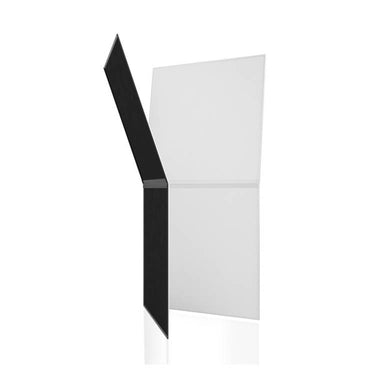
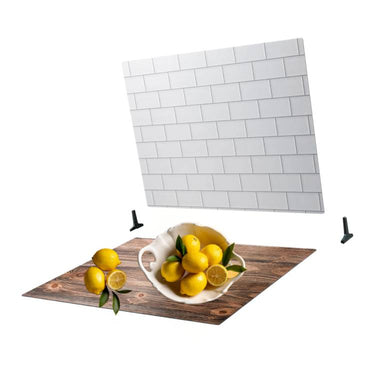
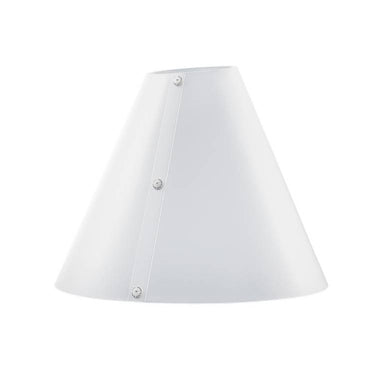
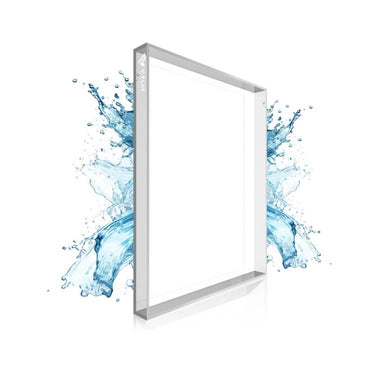
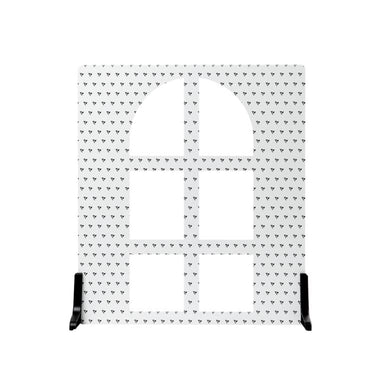
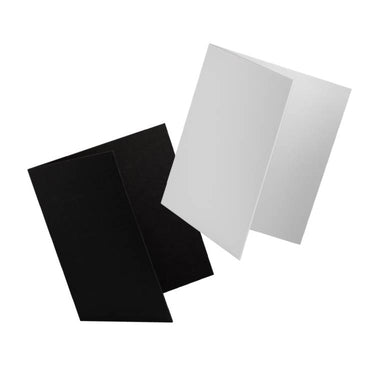
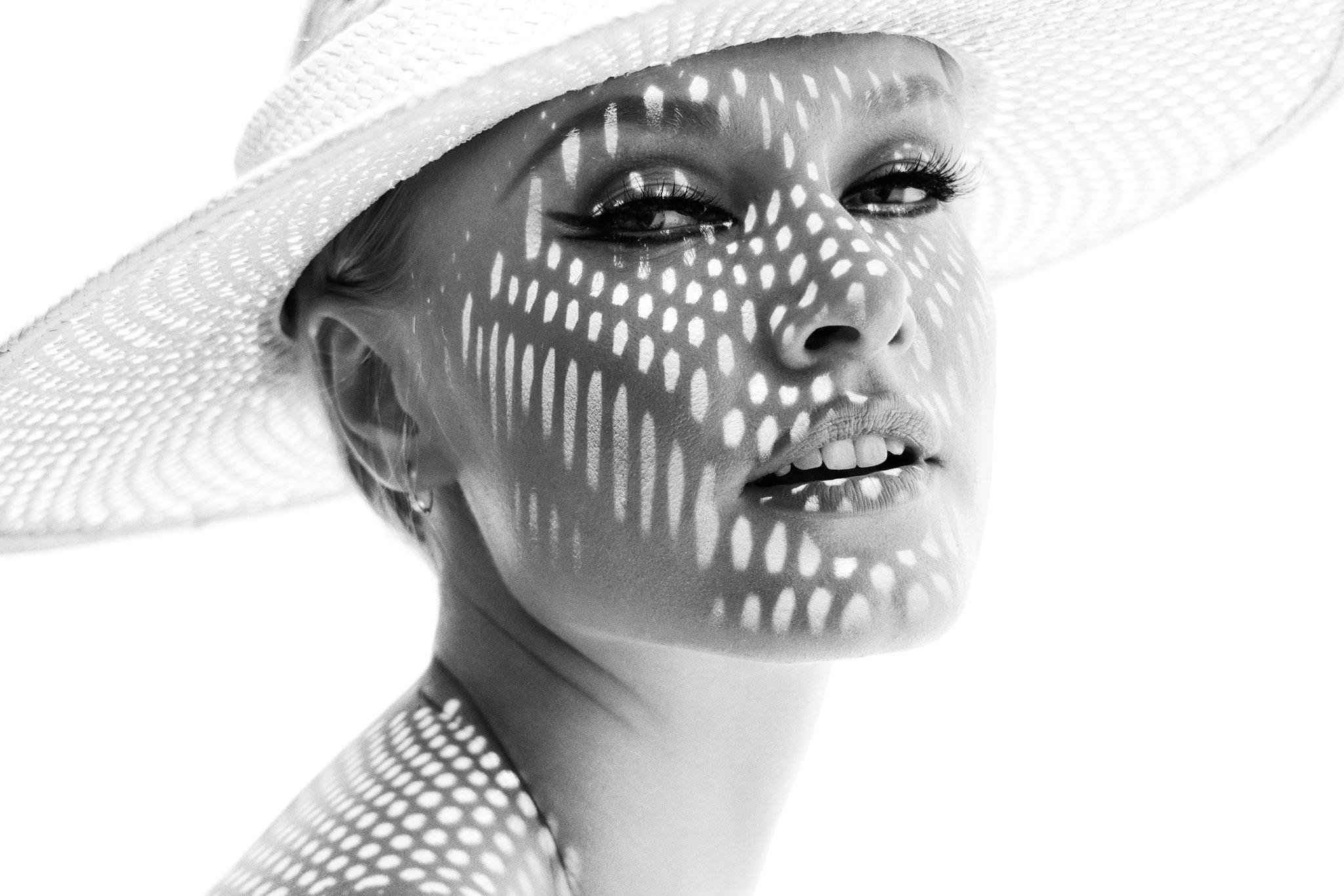
1 comment
Lindsay always has great information in her videos…her passion and positive energy in her work is greatly appreciated!
Perry Smith
Leave a comment
This site is protected by hCaptcha and the hCaptcha Privacy Policy and Terms of Service apply.